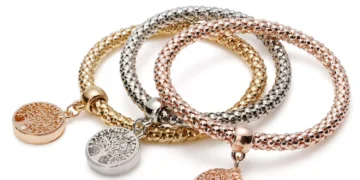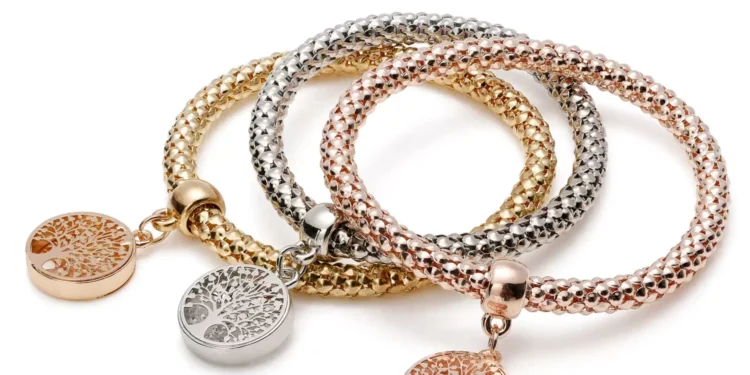Capturing the essence and brilliance of each piece is critical in attracting customers and making a sale, whether it’s for an online store or a print catalogue. In this comprehensive guide, we’ll take a look at the basics of jewellery photography and provide tips and tricks for creating stunning images.
- Lighting: Good lighting is the key to any successful jewellery photoshoot. To showcase the beauty and sparkle of each piece, it’s essential to use proper lighting techniques. There are several options to choose from, including natural light, studio lighting, and lightboxes.
Natural light is often preferred by photographers as it creates a warm and inviting ambiance, but it can be unpredictable and inconsistent. To overcome these challenges, you can use a diffuser or a reflector to control the light and soften harsh shadows.
Studio lighting, on the other hand, provides a more consistent and controlled environment for shooting jewellery. You can use softboxes, umbrella lights, or LED lights to create the ideal lighting setup for your photoshoot.
Lightboxes are a popular choice for jewellery photography as they provide a bright and evenly lit background that enhances the shine and sparkle of each piece. You can purchase a light box specifically designed for jewellery photography or create your own using foam board and lights.
- Camera Settings: Having the right camera settings is essential in jewellery photography. A high shutter speed will help freeze any movement and ensure sharp, in-focus images. A low aperture (f/16 or lower) will increase the depth of field, making sure the entire piece of jewellery is in focus. A high ISO can also be used in low light situations to brighten the image, but be careful as it can also increase the noise in the final image.
- Background: The background is an important element in jewellery photography, as it provides a visual contrast to the piece and sets the tone for the image. A neutral background such as a solid white or black is often preferred as it does not distract from the piece and allows the jewellery to take centre stage.
- Composition: Composition is an important aspect of jewellery photography, as it helps to showcase the beauty and elegance of each piece. Experiment with different angles and perspectives to find the best composition for each piece. A popular composition for jewellery photography is a three-quarter view, which allows for maximum detail to be seen.
- Props: Props can be used in jewellery photography to add context and create a story around the piece. This can include items such as flowers, fruits, or even hands to give a sense of scale and create a connection with the potential customer.
- Editing: Once you have taken your photos, it’s important to edit them to bring out the best in each piece. Simple edits such as brightness, contrast, and saturation adjustments can greatly enhance the final image. You can use photo editing software such as Adobe Lightroom or Photoshop to make these adjustments.
In conclusion, jewellery photography is a crucial aspect of the jewellery industry, as it showcases the beauty and elegance of each piece to potential customers. With the right lighting, camera settings, background, composition, props, and editing, you can create stunning images that will attract customers and make a sale. Remember to have fun and experiment with different techniques to find what works best for you.
Jewellery photography is an art form that takes time, patience, and practise to perfect. So, whether you’re a professional photographer or just starting, take the time to experiment and find what works best for you.








































